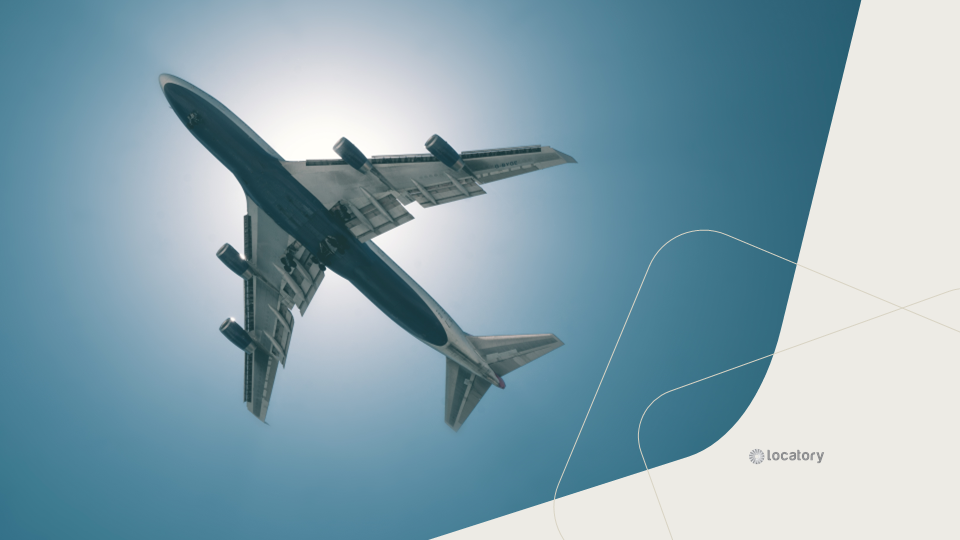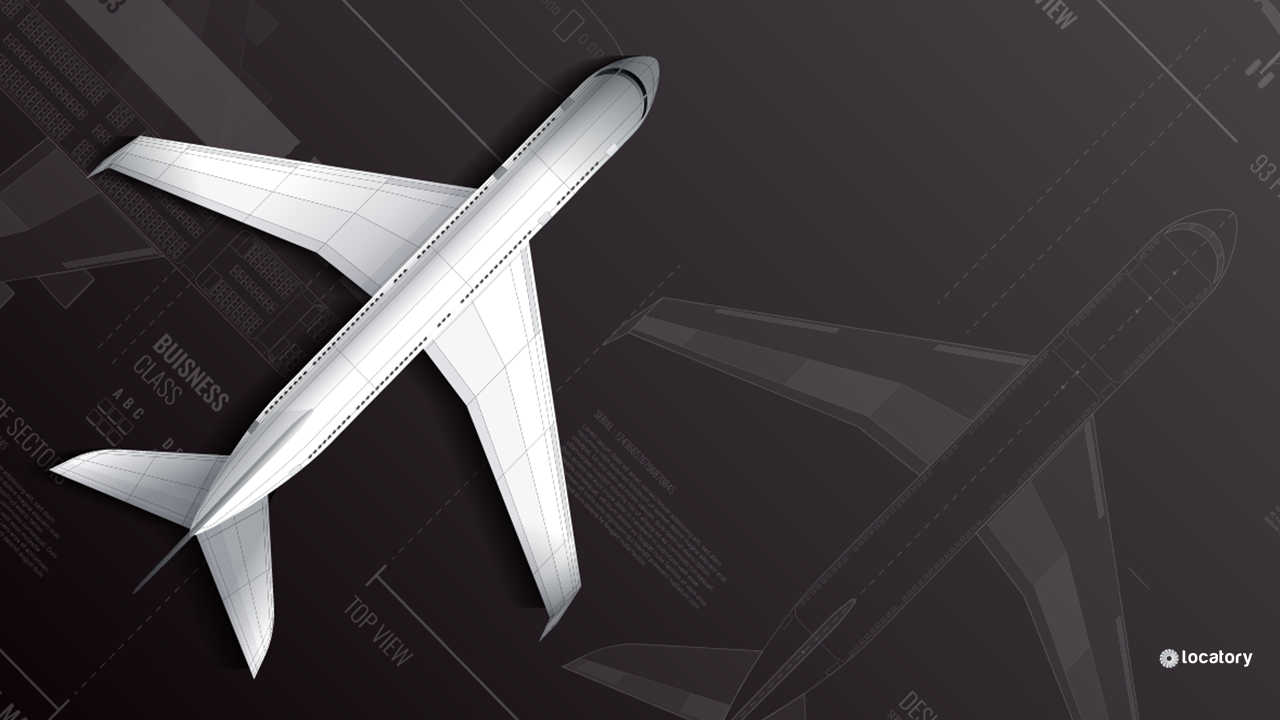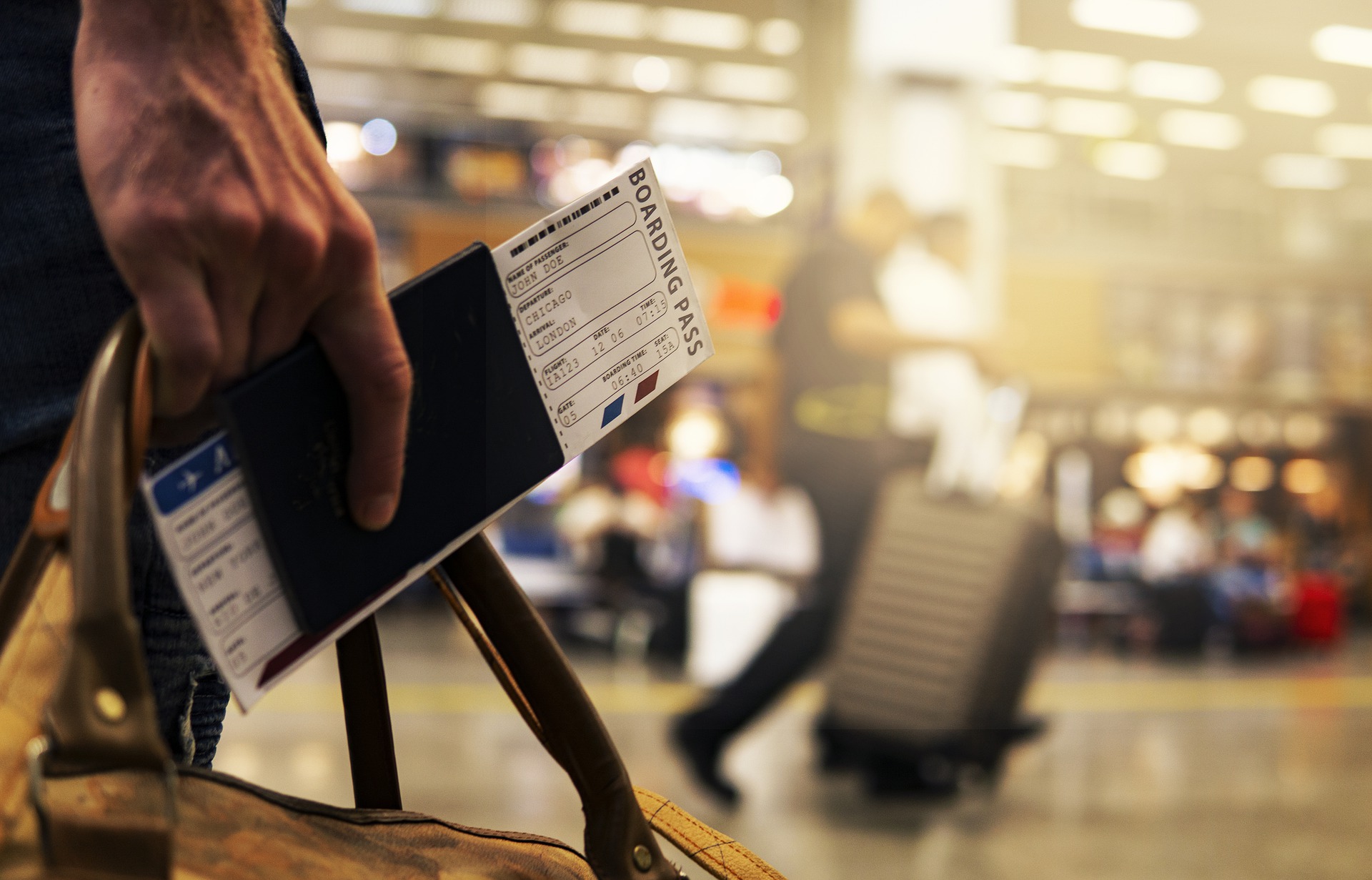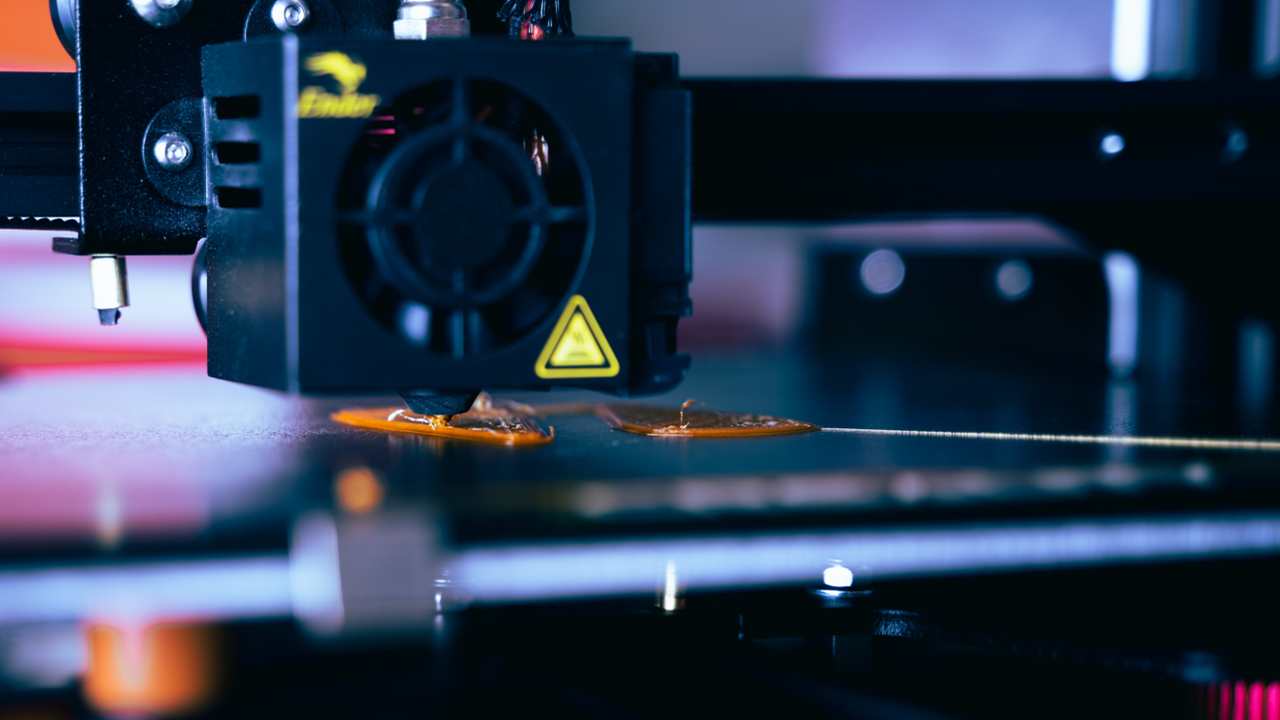The aircraft spare parts purchasing process is largely the same as it was years ago. Buyers run through the list of parts they’ve been tasked to acquire, and they work with the same partners that they always have via email, phone calls and so on. These deal-makings are tracked in spreadsheets, and buyers record quotes and make buying decisions sometimes days after a quote was requested.
While this process old-fashioned, slow, and analog, the traditional model has been kept in place in spite of other options that would be improvements have advanced. With the traditional procurement model, buyers have simply been left scrambling to find the right parts at custom pricing.
The framework to evolve beyond the old, manual processes is to move to a digitalized Marketplace and remove these piecemeal negotiations, instead allowing organizations to select and order the necessary parts from the vendors that best fits their needs, whatever those may be in the moment.
The needs of the buyers can be more complex and wide-ranging, but the Locatory.com Marketplace function can simplify the process, by bringing together up-to-the-minute quotes from vendors in one place. A purchaser’s request includes parts, needed quantities and delivery timing and they identify all matching products based on those specifications.
In addition to offering a better scope of the market, this allows to move quickly in securing parts without ever leaving the site or sets a starting point for further negotiations. The negotiation element is a perfect example in which meshing the new, tech-focused process with the traditional, human-driven one provides the answer. With API connection, marketplace has the opportunity to integrate within the ERP systems and rather than the hassle of going to a site, making a purchase and returning to their organization’s system to record all of the information, everything happens directly in the ERP.
Instead of adding more steps to the purchaser’s workflow, a marketplace can make the existing process better, more efficient and faster. Locatory.com Marketplace empowers its partners with technology and algorithms to do the work of matching real-time demand from buyers with supply from around the globe and improving the overall logistics performance.





